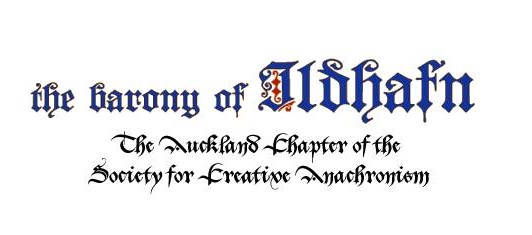Date:
Published in 1600 (from Lachrimae, or Seaven Teares)
Description:
“Flow, My Tears” is a lute song (or ayre) by John Dowland, one of the most prominent composers of the English Renaissance. Originally composed as an instrumental piece titled “Lachrimae pavane”, it later became one of Dowland’s most famous songs when lyrics were added. The song expresses profound melancholy, a key theme in Dowland’s music, reflecting the Elizabethan era’s fascination with sorrow and introspection.
Discussion:
“Flow, My Tears” became a defining work of the late Renaissance period, both in England and on the continent. It is structured in a pavane rhythm, slow and stately, with a descending melodic line that reflects the text’s lamentation. The song captures the aesthetics of the Elizabethan cult of melancholy, which was both a poetic and musical preoccupation of the time. Its popularity was immense, with the instrumental version adapted by various European composers.
Dowland’s setting matches poetic form with musical phrasing, using careful text setting and expressive dissonance. The vocal line is supported by a lute part rich in counterpoint, often performed today on classical guitar or in ensemble with a viol or harpsichord.
Composer:
John Dowland (1563–1626)
Arranged by:
- Originally for voice and lute
- Modern arrangements for:
- Voice and piano
- Choir (SATB or SSA)
- Instrumental solo (violin, recorder, etc.)
- Lute or classical guitar solo
Sheet Music:
Widely available in Renaissance anthologies, The First Book of Songs (1597), and modern editions via IMSLP, CPDL, and Hal Leonard collections.
Parts:
- Solo voice (typically soprano or tenor)
- Lute accompaniment (can be adapted for piano, guitar, or ensemble)
Type:
Ayre / Lute Song
Language:
Early Modern English
Ranges (typical solo arrangement):
- Voice: G3 – F5 (can vary by edition or transposition)
- Lute part playable on classical guitar or lute
Advice for beginners:
This piece is excellent for developing expressive singing and breath control. Focus on phrasing and word stress, letting the melody follow the text’s emotional contour. The tempo should be stately but flowing—too slow and it drags, too fast and it loses its melancholy elegance. Guitarists and accompanists should aim for a smooth, legato texture, avoiding harsh attacks.
Sound Files:
